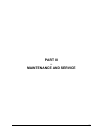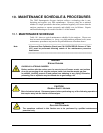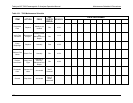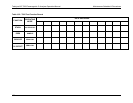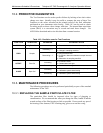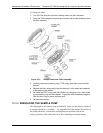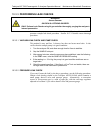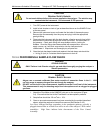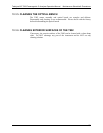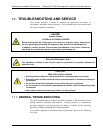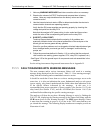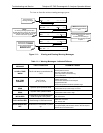
Teledyne API T802 Paramagnetic O
2
Analyzer Operation Manual Maintenance Schedule & Procedures
191
10.3.3. PERFORMING LEAK CHECKS
HAZARD
STRONG OXIDIZER
OXYGEN IS A STRONG OXIDIZER.
ONLY Perform Leak Checks using N
2
gas and after thoroughly purging the analyzer’s
internal pneumatics.
Leaks are the most common cause of analyzer malfunction; Section 10.3.3.1
presents a simple leak check procedure. Section 10.3.3.2 details a more thorough
procedure.
10.3.3.1. VACUU
M LEAK CHECK AND PUMP CHECK
This method is easy and fast. It detects, but does not locate most leaks. It also
verifies that the sample pump is in good condition.
1. Turn the analyzer ON, and allow enough time for flows to stabilize.
2. Cap the SAMPLE inlet port.
3. After several minutes, when the pressures have stabilized, note the following.
In the TEST menu, note the SAMPLE PRESSURE reading.
4. If the reading is < 10 in-Hg, the pump is in good condition and there are no
large leaks.
5. Check the sample gas flow. If the flow is <10 cm
3
/min and stable, there are
no large leaks in the instrument’s pneumatics.
10.3.3.2. PRESSURE LEAK CHECK
If you can’t locate the leak by the above procedure, use the following procedure.
Obtain a leak checker similar to the Teledyne API PN 01960, which contains a
small pump, shut-off valve and pressure gauge. Alternatively, a convenient
source of low-pressure gas is a tank of span gas, with the two-stage regulator
adjusted to less than 15 psi with a shutoff valve and pressure gauge.
07275B DCN6418



